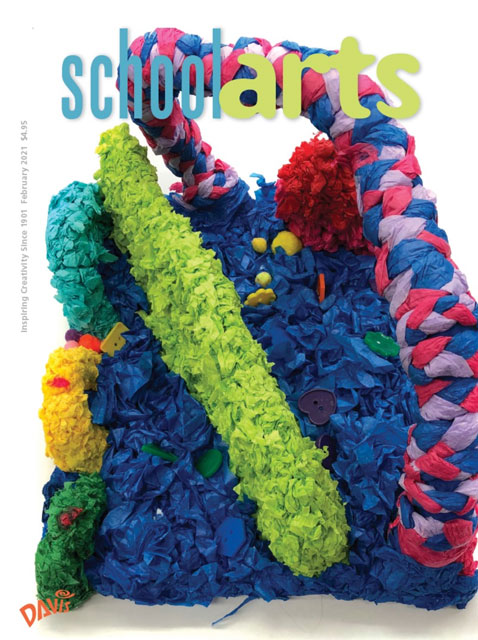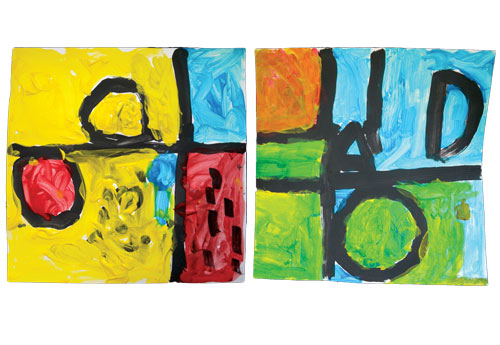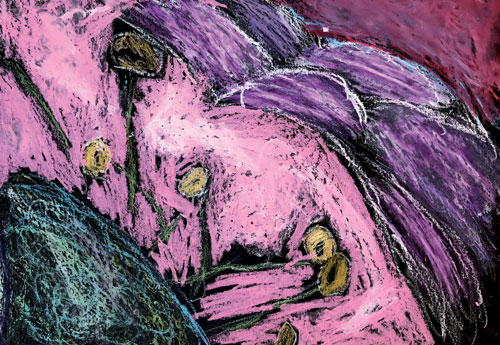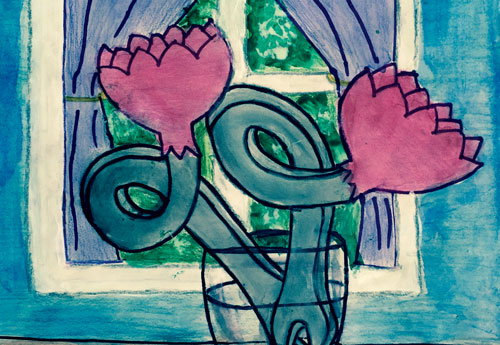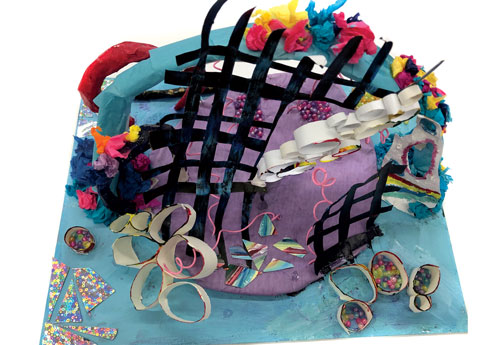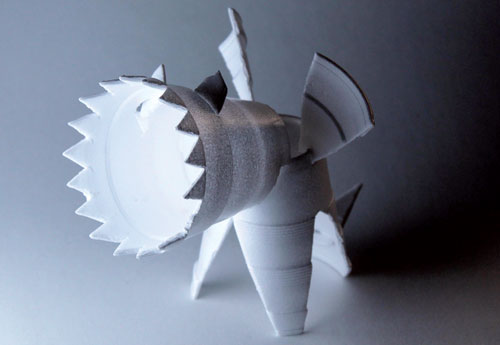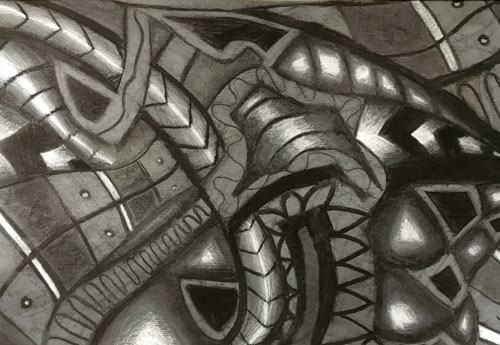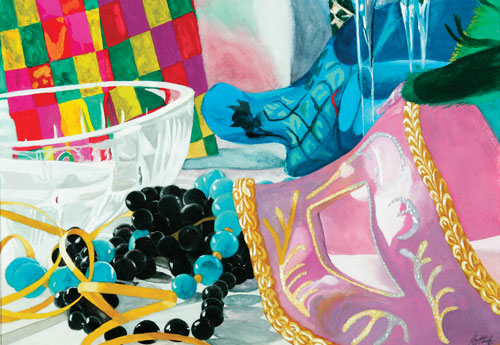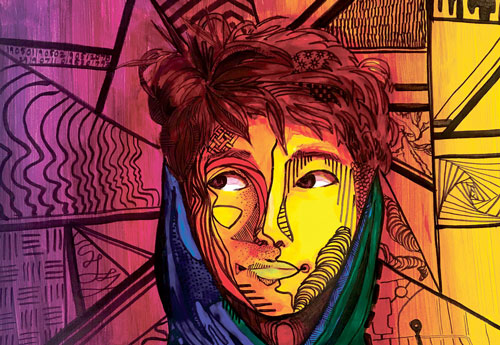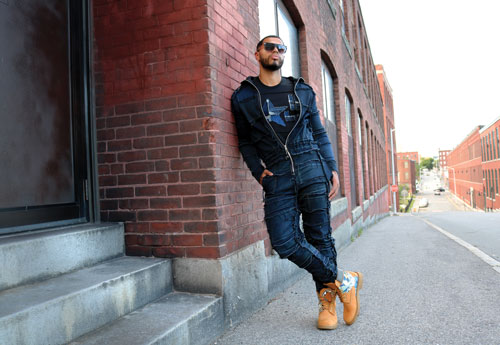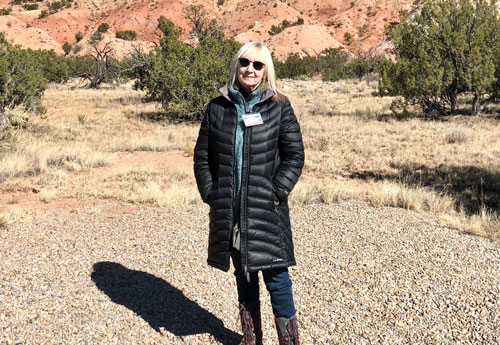
Editor's Letter: Realism/Abstraction
Up until last March, I was a docent at the Georgia O’Keeffe Museum in Santa Fe. Our governor shut the state down quickly because of the coronavirus and, as a result, all of the museums were closed. The museums reopened for a few weeks but sadly had to close again as our COVID numbers started rising.
Read Article
